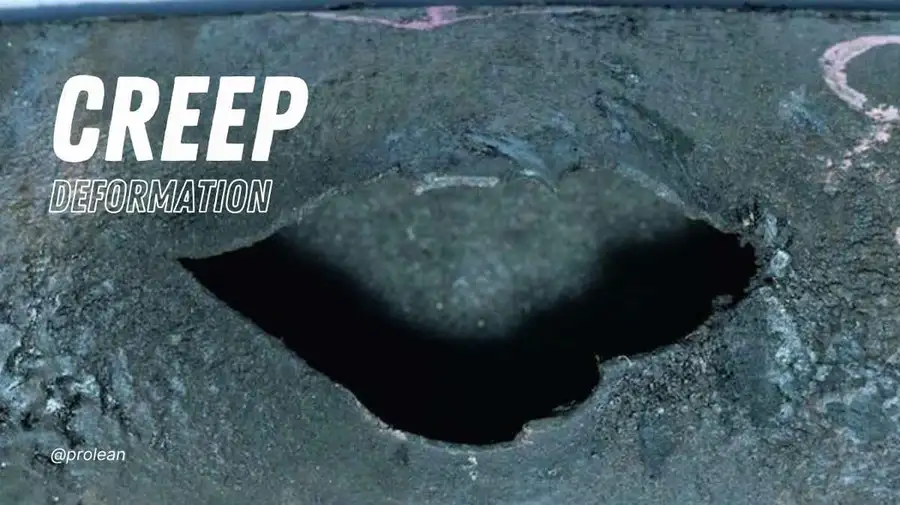
Creep Fatigue or Deformation
Being an engineer or manufacturer, you’re no stranger to material behaviour. You know, materials often deform. You might deal with issues regularly. Do you know what causes these behaviors? Its creep deformation. So, it’s important to understand What is creep deformation and how to prevent it from happening unexpectedly.
Creep is a sneaky process that usually occurs over time. Its change is gradual. It often impacts metals like steel and polymers. This slow, continuous deformation can catch you off guard. However, with the proper knowledge, you can stay ahead of it.
Moreover, reading and interpreting a creep graph is one of the most important skills to develop. Let’s get deeper into creep deformation, what it is, and how you can avoid it.
What Is Creep Deformation?
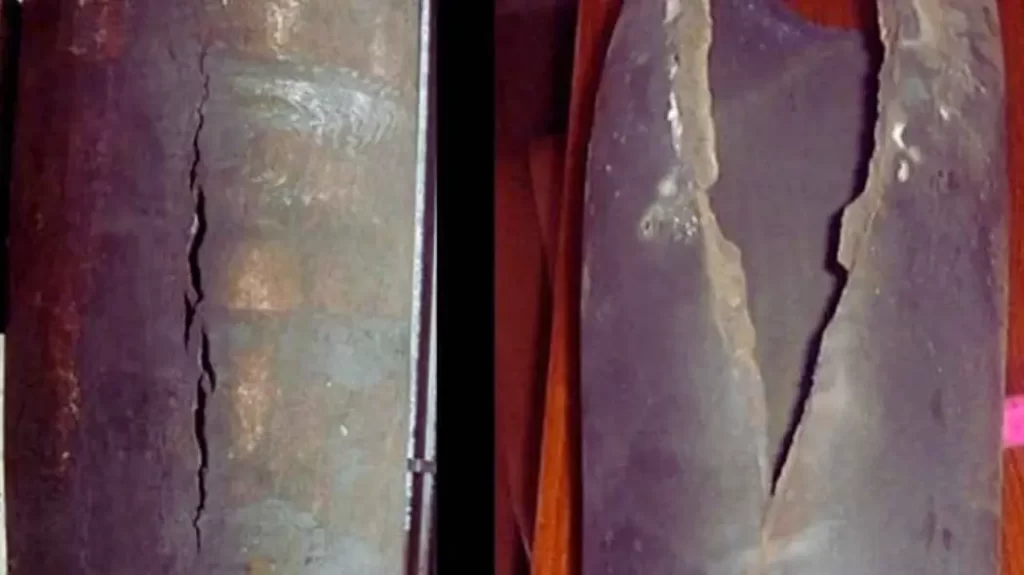
Creep Deformation Effect
Creep Deformation is a gradual phenomenon. It happens when a material faces constant stress over time, unlike mechanical distortion. It might not be immediately apparent, but it can still cause material failure. Its formation is based on the material’s properties, temperature, use, and stress conditions.
Imagine a worker placing their metal water bottle in the lowest area of their backpack containing their tools. This object remains concealed beneath other tools throughout every day. The bottle had a normal appearance when new, but it tends to bend deformations during its usage period. The cap and bottom parts of the metal item can change their original shape. The bending process develops gradually without any sudden or immediate transformation. The metal gradually becomes soft when subjected to continuous pressure from heavy tools and liquid contents.
Signs of Creep Deformation
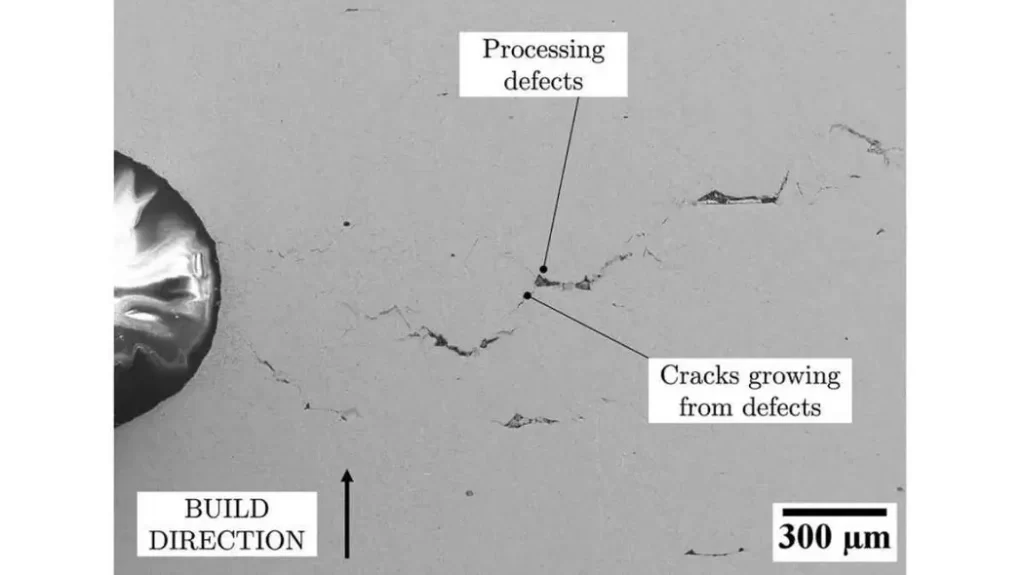
Signs of Creep Deformation
Detecting creep signs in advance allows you to prevent material distortion. Creep occurs in multiple material types when they experience and sustain heavy stress. Generally, steel alloy gets creep deformation at temperatures exceeding 40% of its melting point.
Concrete exhibits distinct characteristics from all other building materials. The basic function in concrete mixture design depends on the proportion of aggregate content. The formation process of creep damage includes temperature changes along with material stress levels. The protracted development permanently damages concrete construction elements and their surface characteristics.
The phenomenon of creep and warping usually affects polymers, nylon, ABS, polyethylene, and many additional materials (Get more insights on different Types of Plastic for CNC Machining). Superalloys represent an effective method to stop the creep effect from happening. Moreover, Engineering grade materials demonstrate superior resistance to creep deformation because they preserve their strength capabilities under high-pressure conditions.
Creep in 3D Printing
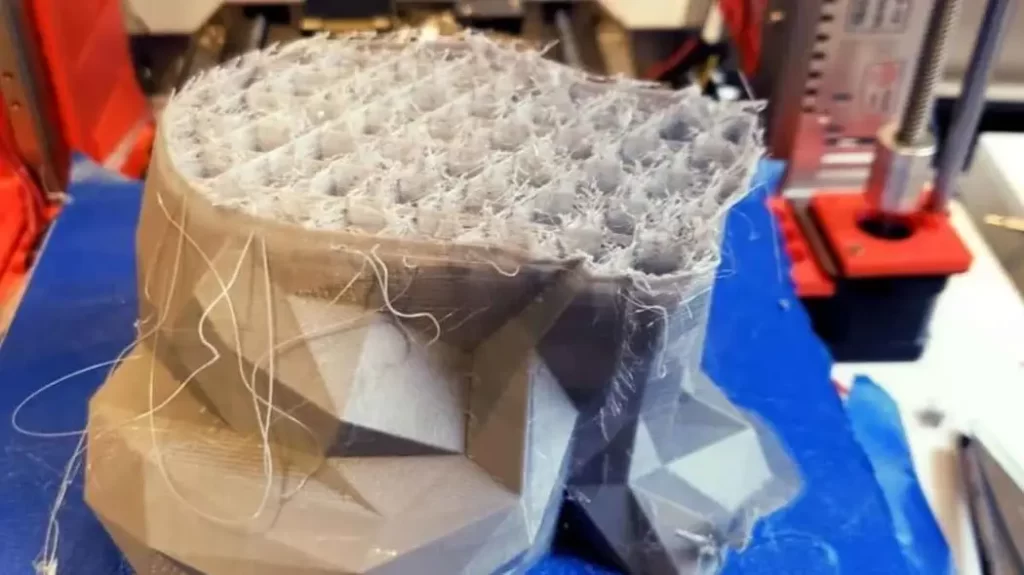
Heat Creep in 3D Printing
Creep isn’t just an issue in traditional manufacturing. It’s something you’ll often face in 3D printing, too. In FDM printing, creep deformation arises from viscoelastic relaxation under load, shifting their molecular chains.
Another issue is heat creep. This happens when heat travels up the printed object abruptly. As the material heats up, it leads to deformation, particularly when the heat reaches areas you didn’t intend it to.
What Is Steady State Creep Rate?
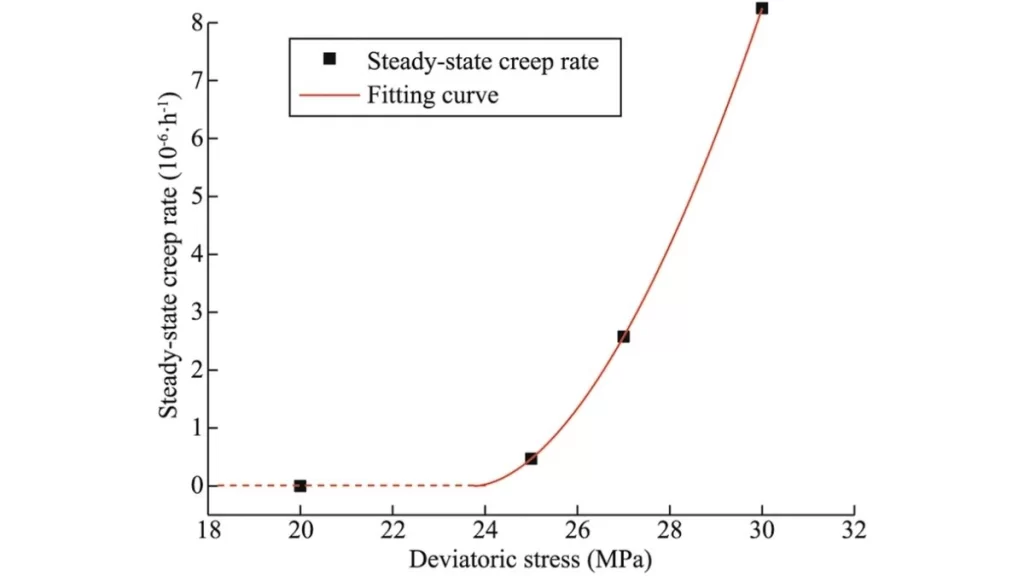
Steady State Creep Rate
Over time, creeping materials respond to stress in different stages. The steady-state creep rate is a critical stage. During this phase, the material shows uniform distortion and maintains a constant rate of change without increasing or decreasing.
The material finished its rapid creep phase, which started the process. It now maintains an equilibrium and stable rate of change. The constant slow movement at this stage will likely cause material failure when stress persists over time.
For example, a metal pipe in a high-temperature boiler is subjected to constant internal pressure. Due to steady-state creep, it will gradually elongate over the years, eventually leading to rupture. When material experiences continuous stress in the steady-state phase, it may be further prone to breakdown.
Try Prolean Now!
What Are The Typical Creep Stages?

Stages of Creep Deformation
Creep deformation usually occurs in stages. Each stage tells you something important about how the material behaviour is changing. Let’s break down these stages to give you a clearer picture of the process:
Primary Stage (Transient Creep)
This is the first stage after a load is applied to the material. The material experiences an elastic phase. During this phase, the creep rate slows down. The material starts to undergo strain hardening. In simpler terms, it toughens up under pressure, making the deformation less rapid at first.
Secondary Stage (Steady-State Creep)
Once the material has gone through the primary stage, it enters the secondary stage, called steady-state creep. This stage is the most prolonged phase of creep. The material continues to deform, but it does so at a more consistent rate. Here, the material starts to soften, which helps the deformation process continue. You must pay close attention to this stage because it provides valuable data when designing structures or materials facing long-term stress.
Tertiary Stage
The final stage of creep is when things start to go wild. This is where the material’s internal structure breaks down, and failures occur. In this phase, internal voids, micro-cracks, and separation of the grain boundaries can form, leading to rupture. The material can no longer withstand the stress, and failure becomes inevitable over time.
Types of Creep Deformation
Creep isn’t a one-size-fits-all process. Different mechanisms occur during creep, involving multiple distinctive processes that require specific conditions to activate. The main creeps show up in three primary forms of deformation. Let’s explain.
Nabarro-Herring Creep
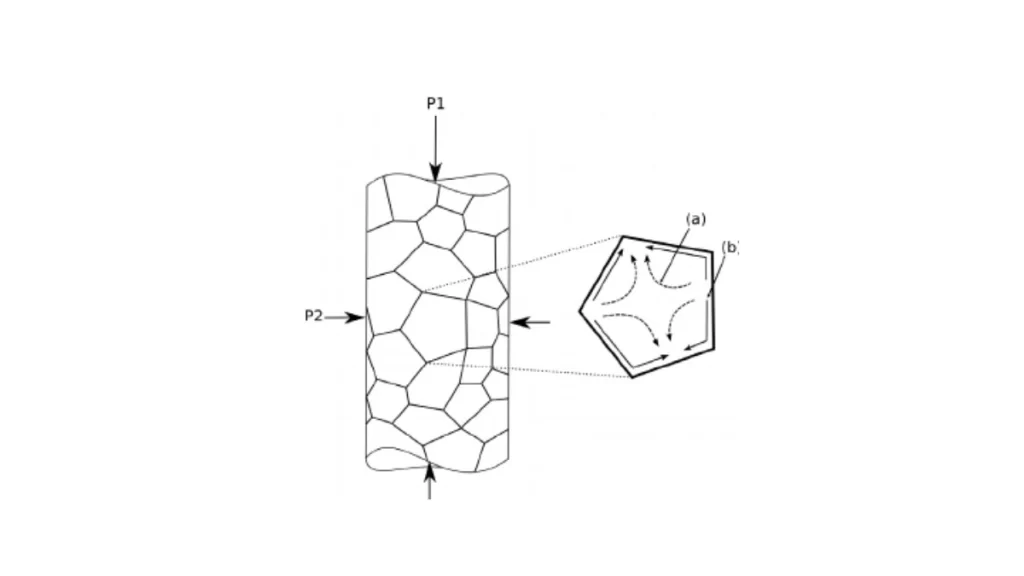
Nabarro-Herring Creep Effect
High-temperature operation combined with minimal stress leads to the development of Nabarro-Herring Creep Deformation. The material’s crystal lattice atoms begin to move when temperature rises. The atoms can move freely through the material structure. The structure then contains new vacancy spaces. Primary grain size determines the speed at which materials deform through creep. The grains of smaller size will show faster deformation rates.
Polymer Creep
Polymer materials are most susceptible to creep during high stress and hot temperatures. They exhibit such behaviours at elevated temperatures and room temperatures. The core factor leading to polymer creep emerges from polymer chain gliding movements. It mainly affects amorphous polymers as opposed to crystalline polymers. (Read More about the chemical properties of nylon)
Dislocation Creep
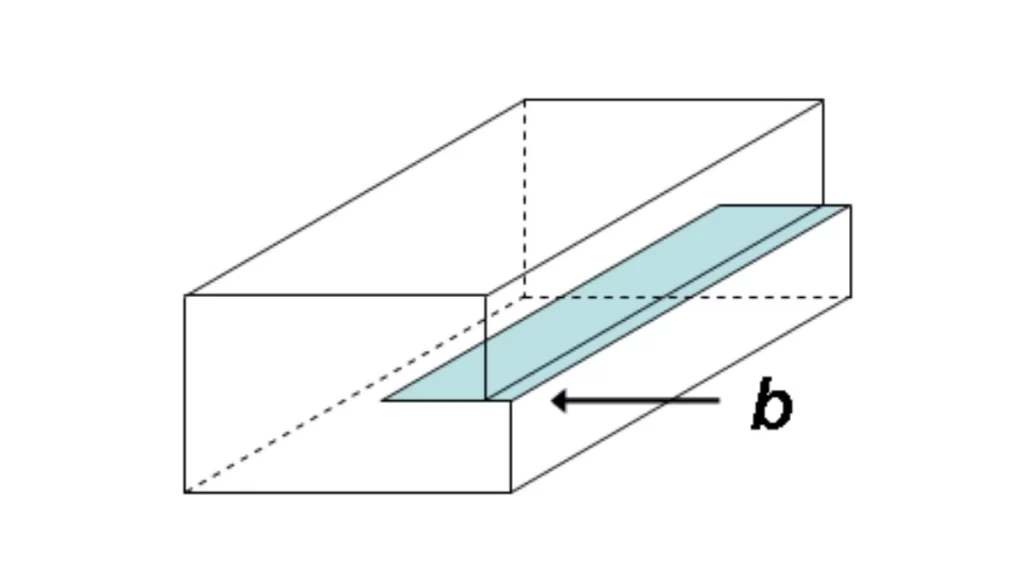
Dislocation Creep
In this creep stage, the material atoms relocate their positions through dislocations’ glide or climb movement. Power-law creep describes the atomic movement through horizontal or vertical shifts. It generates vacancies that result in material deformation. The material experiences gradual deformation because dislocations move throughout its structure.
Coble Creep
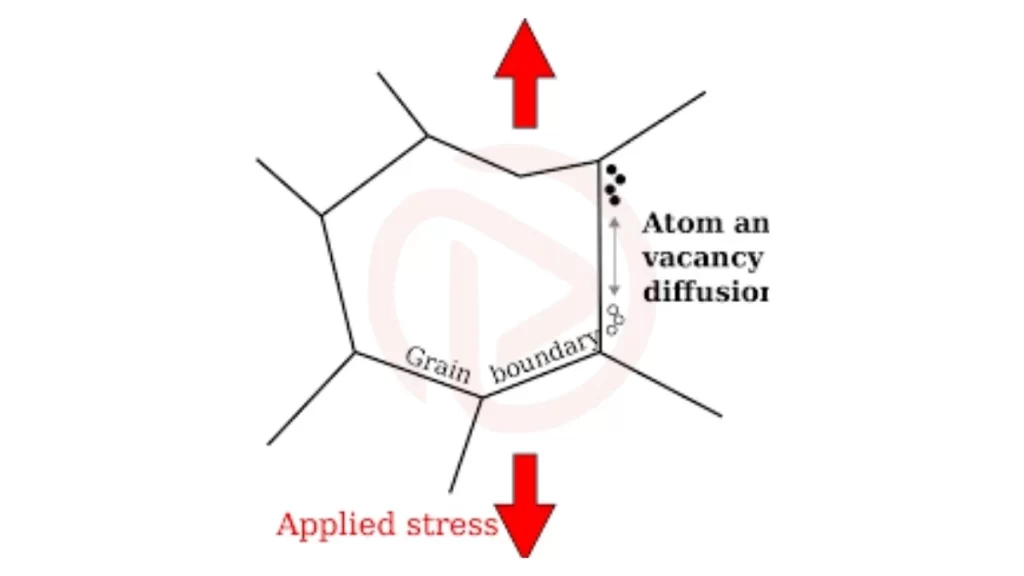
Coble Creep Effect
Coble creep happens during lower temperature conditions than other types of material deformation. Instead of the actual grain area, grain boundaries are the primary location for this type of material distortion. The boundaries within the material shift perpendicular to the instigating stress force to develop creep.
Solute-Drag Creep
Some materials encompass resistant alloy components that experience deformation through the solute-drag mechanism. High temperatures lead to atomic deformation in the solute material. This develops mechanical failure and leads to severe material damage.
Harper-Dorn Creep
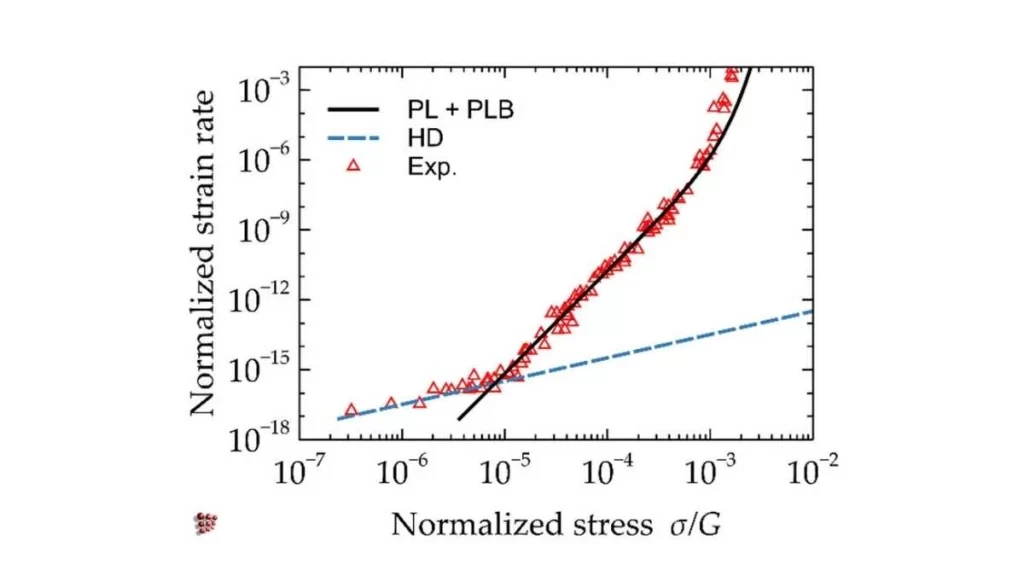
Harper-Dorn creep (HD)
The dislocation mechanism behind this creep type differs from other instances of dislocation creep. During Harper-Dorn creep, the strain rate remains primarily unaffected by grain size changes. To experience this type of creep, the material must be 99.95% pure and comprise large grain dimensions surpassing 0.5 mm. Moreover, creep must have a low density of dislocations for it to become evident. The combination of stress levels and temperatures within the 35% to 60% range of the melting point allows Harper-Dorn creep to activate.
Sintering Limit Stress
The bonding process of material particles through heating results in creep deposition during sintering operations. When the material temperature rises and interparticle pores reduce in size, the density of the material increases. Creep occurs on the material when the pores stop shrinking while the material approaches its density threshold. The stress at this point leads to creep.
Table Summary
| Creep Type | Conditions | Key Feature |
| Nabarro-Herring | High temperature, low stress | Atomic movement, small grain size |
| Polymer Creep | High stress, high temperature | Polymer chain movement: affects amorphous polymers |
| Dislocation Creep | Moderate stress, temperature | Atom shifts via dislocations, gradual deformation |
| Coble Creep | Low temperature, high stress | Deformation at grain boundaries |
| Solute-Drag Creep | High temperature | Deformation due to solute atoms |
| Harper-Dorn Creep | High temperature, few dislocations | Large grains, slow deformation |
| Sintering Limit Stress | High temperature, sintering | Particle bonding and pore shrinkage stops |
Try Prolean Now!
How Creep Deformation Impacts Engineering Materials
Let’s figure out how creep affects engineering materials.
Creep Deformation
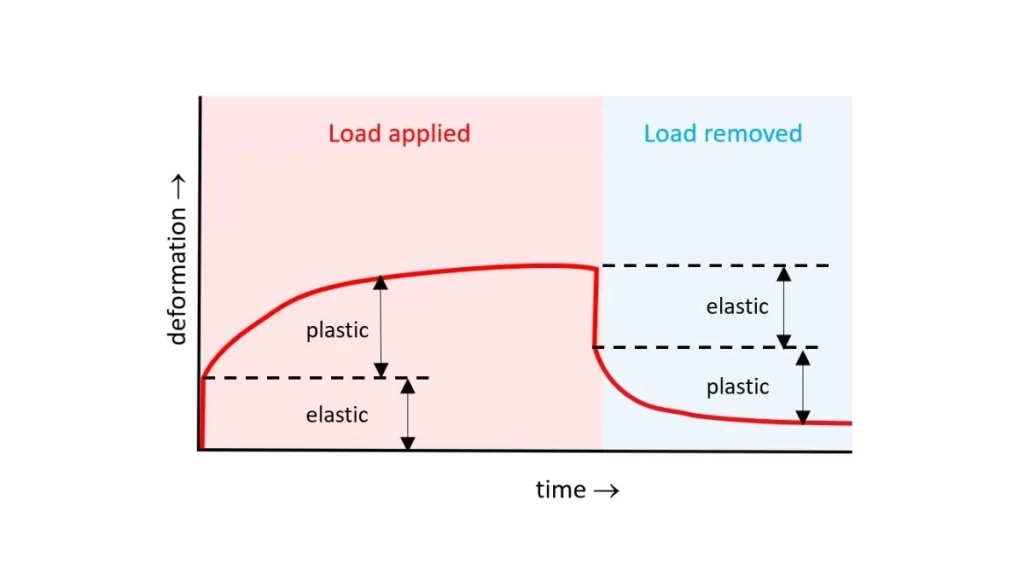
Creep Behaviour In Plastics
Usually, thermoplastics undergo creep deformation through a slow dimensional alteration due to constant stress accumulating over time. The transition happens over time, so it usually remains undetected. Metal parts gradually deform under long-term pressure, similar to how a metal part bends slowly.
Grain Boundary Sliding
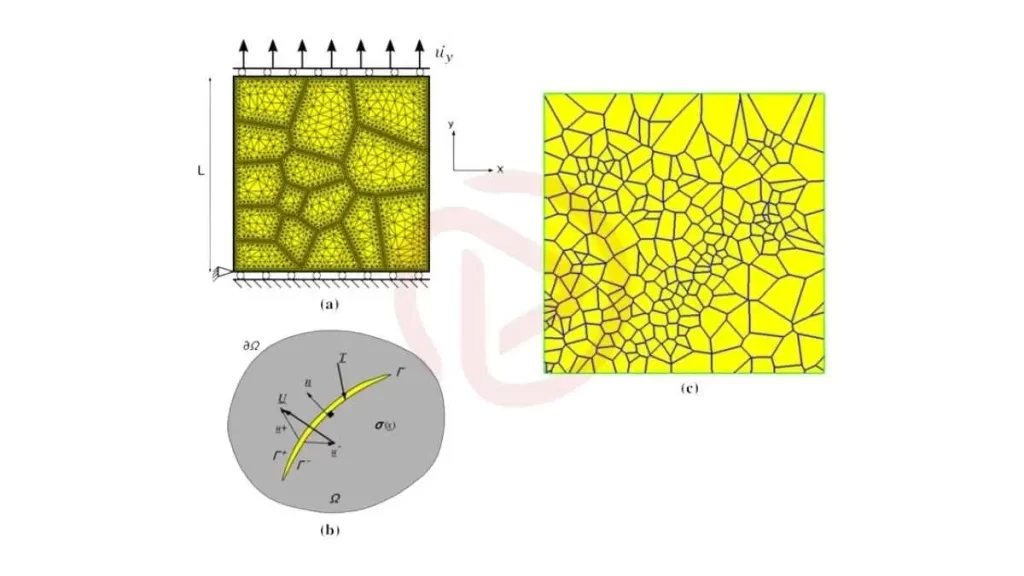
Grain Boundary Sliding
Low-density edges connect tiny crystals in the material. The material becomes weaker due to the breaking apart of its boundaries during creep events. When pressure continues to increase, space develops between its sections.
Strain Hardening
A material establishes toughness following stretching or deforming processes through strain hardening. During the initial part of the primary creep period, materials demonstrate high strength when subjected to stress. Then, it becomes progressively stiffer when you repeat the wire bending across its length.
Vacancies
A material has vacancies when it has empty spots. Here, the atoms exist in its structure. Atoms gain mobility during creep, which produces empty spaces between their positions. Holes start to develop between individuals while they adjust their positions.
How To Prevent Creep Deformation?
The prevention of creep requires knowledge about how different materials advance through their stages of creep. Monitoring the secondary transition phase of materials allows you to choose appropriate materials for a job.
Materials without directionally cast grains are more resistant to stress-induced deformation. Superalloys and dispersion-strengthened materials are excellent choices as they exhibit superior creep resistance compared to other materials.
Fine-grained materials (e.g., superalloys) improve creep resistance by strengthening grain boundaries. Meanwhile, high-melting materials stay intact during extreme temperatures and do not easily deform from creep effects.
In addition, temperature control can also help resist creep. Cool temperatures applied to the material prolong its strength while delaying creep’s start.
Creep Deformation in 316FR Stainless Steel During Machining

Creep-Fatigue Equation for Stainless Steel 316
The analysis examined how sodium environments influence 316FR stainless steel subjected to carburization processes. This process applies to components made during machining. These components were later used in Fast Breeder Reactors. The experiments executed at 550°C sodium conditions replicated the operational settings of present reactors.
The study has shown the following concluding points. The material behaviour was observed at the essential testing period right before the beginning of the creep procedure. The researcher applied a stress exceeding the yield stress when performing this testing phase. Research analysts sustain constant force throughout the second experimental period for creep behaviour evaluation. The experimental design required consideration of material area shrinkage since it caused stress to increase.
During the carburization process, material alterations penetrated with carbon. They observed that the material became stronger before its creep strain rate gradually decreased. The surface toward the material’s outside shows faster carbon penetration during carburization. Stress concentration areas form due to these conditions, resulting in material cracks.
A systematic evaluation process in the model permits researchers to calculate the conditions that result in material cracking. At lower stress levels, the material sustained more creep damage fractures than at higher stress, which primarily affected tensile strength.
Under laboratory conditions with sodium solution at high-stress levels, the material showed reduced life expectancy compared to air testing. The duration of sodium exposure to the material was equivalent to or slightly longer than air exposure periods at stress levels below atmospheric conditions. The experimental tests indicate that material properties remained mainly unaffected by 550°C carburization treatments.
Practical Approach to Preventing Creep in Machining
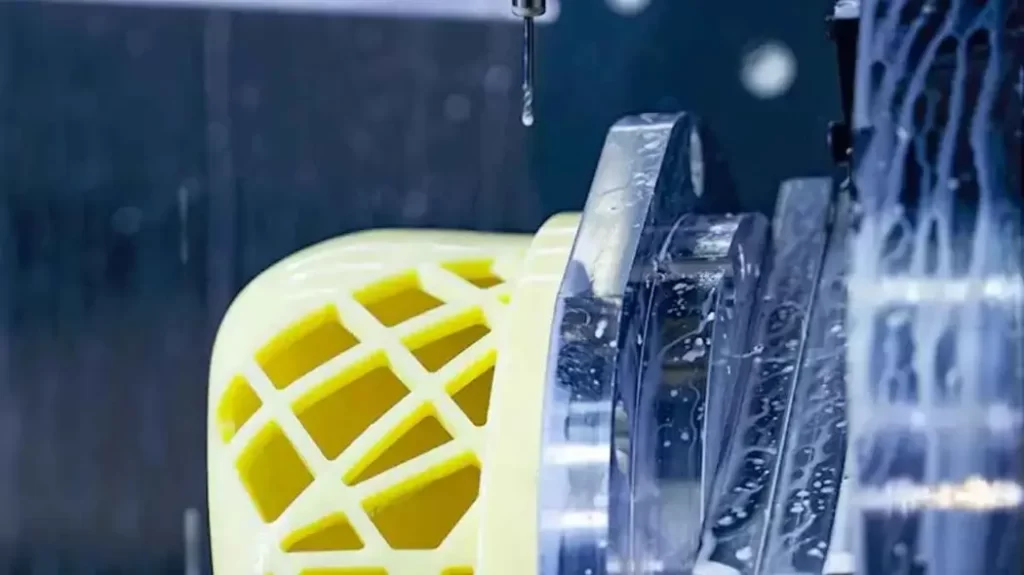
Creep Prevention in Machining
Finite Element Analysis (FEA) should be used for custom steel machining parts subject to machining. It helps simulate material response under stress and temperature conditions.
Moreover, it helps prevent creep. It allows engineers to detect future creep issues in advance. Besides, you can select optimal materials for better component shapes.
Real-time machine monitoring is another approach to improving CNC machining efficiency. Adjusting feed rate and cooling procedures helps manufacturers avoid creeping. Toolpath optimization, and optimal machining conditions can minimizes the amount of creep strain by 30%. (Read More 5-Axis CNC machining)
Key Takeaways
A material subject to mechanical creep will experience deformation at high temperatures exceeding 40% of its melting point while being under near-yield stress. During creep deformation, the material develops gradually deformation. However, the intended formation may require many years to reach destruction.
Select steel with higher melting points to minimize the chances of creep failure. Under tension strain, combining bigger grains slows down creep deformation.
The onset of tertiary creep occurs when actual stress surpasses yield stress. Or when material microstructure alteration, such as cavitation, results in material fractures.
Prolean Tech – Let’s Build Something Great Together
At Prolean Tech, we specialize in helping you choose the right materials for your CNC machining project to avoid mechanical creep. Our platform simplifies and speeds up part procurement.
Our expert machinists provide high-quality CNC machined parts in at least a day or two. So, create an account today, upload your part design, and get an instant online CNC quote process, design-for-manufacturability feedback, and an intelligent platform that makes your project successful.
FAQ’s
Q1: What is creep, and what causes it?
Creep is a slow deformation process under constant stress. It occurs when materials are exposed to high temperatures. Prolonged stress near or above the yield strength also contributes to creep.
Q2: What is an example of a creep material?
Steel and superalloys are typical examples of creep materials. Polymers like nylon and polyethylene can also undergo creep when exposed to high stress and temperature.
Q3: What is creep most often caused by?
Creep is caused by prolonged exposure to high temperatures. Stress near or above the material’s yield strength accelerates creep over time.
Q4: How is the steady-state creep rate calculated?
The steady-state creep rate is calculated by measuring deformation over time. It is expressed as the amount of strain occurring per unit of time.
Q5: Why is custom steel machining critical for creep resistance?
Custom steel machining helps control grain size and material structure. Creep resistance in steels depends on alloying (e.g., Cr, Mo), heat treatment, and carbide stabilization, not just machining.

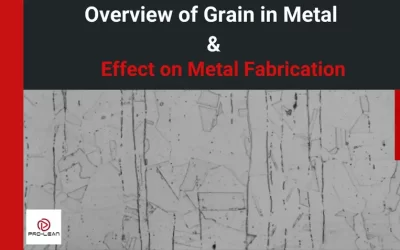
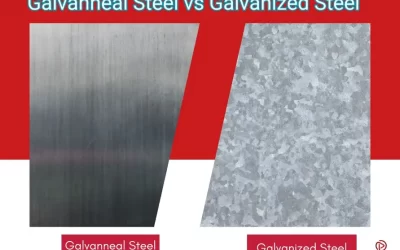
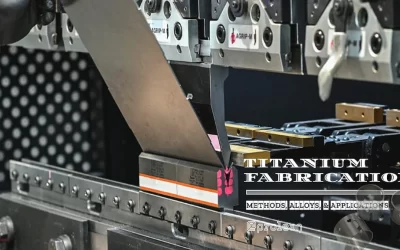
0 Comments